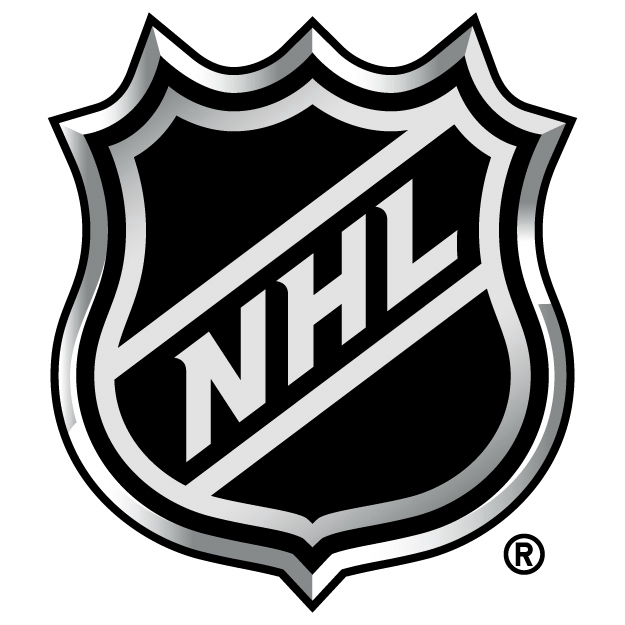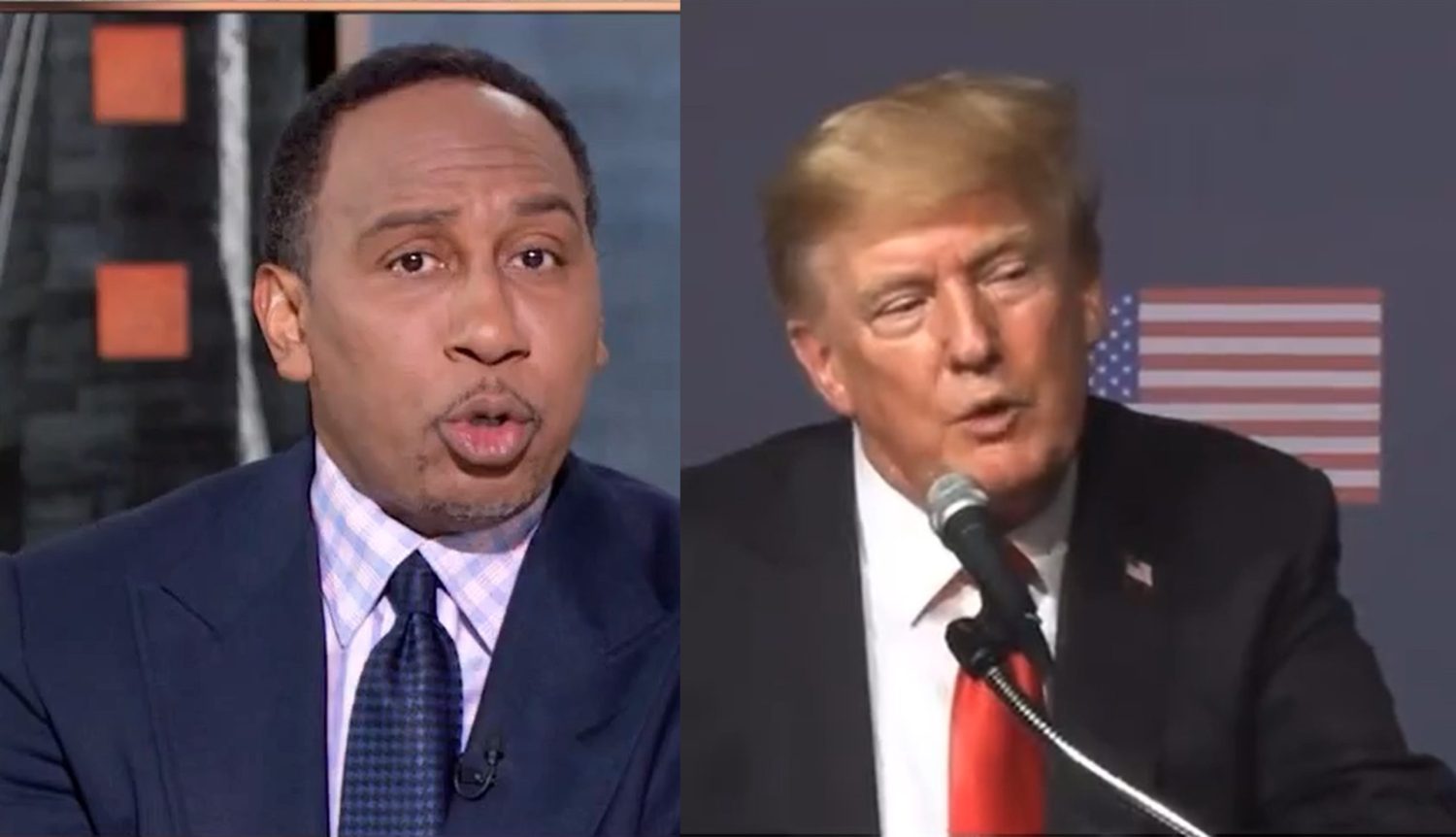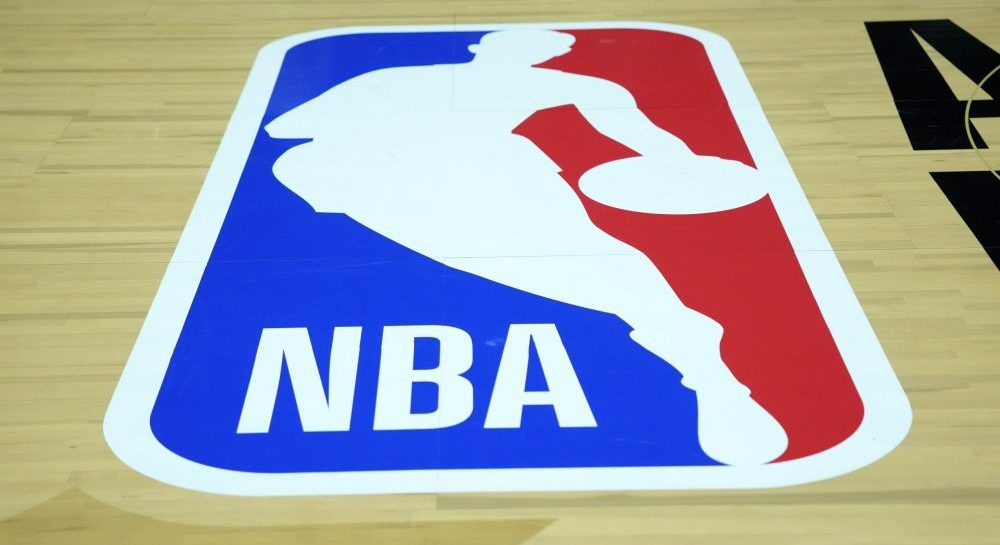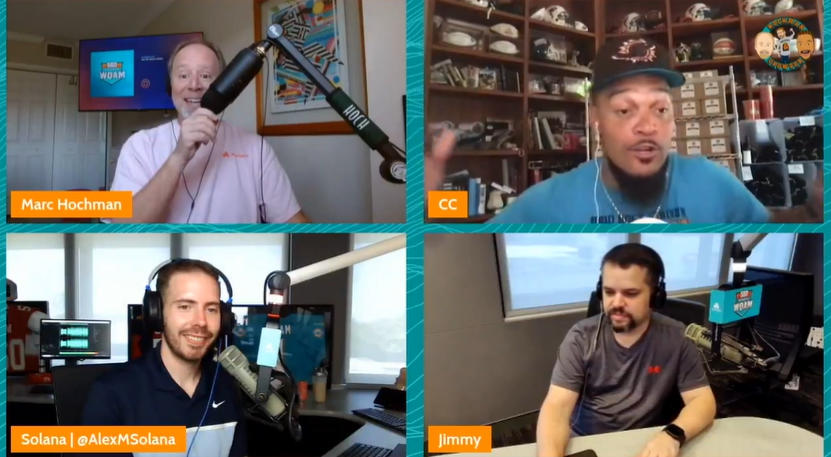
From a strictly numerical point of view, the NHL's return from its lockout has gone rather well. David covered some of NBC's great national numbers yesterday. NBC's Saturday ratings triumph (the best ratings for a national regular-season broadcast since 2002, excluding Winter Classics) and we're seeing similar stories with other hockey broadcasts. However, that doesn't necessarily mean NHL fans have forgiven the league and forgotten about the lockout. The ratings on both sides of the border so far are extremely impressive, but they shouldn't be seen as a clear signal that it's clear sailing for the league going forward.
In Canada, the ratings have been particularly immense so far. CBC nabbed 1,490,000 viewers on average for a Saturday afternoon broadcast of Ottawa-Winnipeg (well beyond the record for that timeslot). They then followed that up with another record crowd of 3,317,000 (almost a tenth of Canada's population) for the night game between Toronto and Montreal. That's on average: 9.2 million Canadians tuned in at one point, a staggering 27 percent of the population. To provide some context, CFL broadcasts are usually Canada's second highest-rated regular sport, and TSN averaged 729,416 viewers for those games this year. The 3.3 million who tuned in for that night hockey game also represents over half of the audience for this year's Grey Cup, which is remarkable for a regular-season game. It's clear that plenty of Canadians haven't forgotten about the NHL.
Some were skeptical U.S. viewers would return, but the ratings for regional broadcasts south of the border have been impressive as well. NESN set a regular-season record with a 9.4 household rating for Saturday's Boston Bruins-New York Rangers clash, and Fox Sports Midwest set a record for an opener with a 6.0 in St. Louis for the Blues' game against Detroit Saturday, then bested that with a 7.4 (their best regular-season hockey rating ever) for St. Louis' shootout win over Nashville Monday. Even markets many traditionally deride as weaker did well; Fox Sports Ohio drew a 2.59 in Columbus for the Blue Jackets' game against the Predators Saturday, a 130% gain over last year's opener. When you throw in the strong attendance at openers around the league, things would seem to be beyond rosy for the NHL so far from a numbers perspective.
It may not be wise to dismiss the effects of the lockout so quickly, though. There's certainly a sense amongst many hockey fans that not all is forgiven, and they haven't necessarily completely "kissed and made up," despite what some articles would have you believe. It's a bit of an oversimplification to translate "people are watching and going to games" into "people have forgotten the lockout and are happy with the league again." For one thing, there are several factors likely inflating those opening numbers. On the television front, consider that the NHL picked almost the perfect Saturday to return from a lockout; it was after the college football season and during the NFL's conference championship games (played on Sunday), so there wasn't much football competing for viewers. Most NHL seasons open in October when the league's competing with both of those levels of football (plus the CFL in Canada) and playoff baseball; less competition makes it much easier to pick up general sports fans. Saturday's start also got a lot of advance hype, as there were almost two full weeks of buildup since the lockout ended Jan. 6. We'll see if the TV momentum sustains itself after the initial "the NHL's back!!" frenzy subsides. It may well, as the shorter season means that every game matters more in terms of the standings (adding incentive for fans to watch more games), but the novelty of hockey may also wear off for some.
What will really be interesting to watch is the attendance front, though. Yes, the league did very well there on opening weekend. However, those numbers may also be somewhat inflated; most clubs are offering incentives (ranging from discounted food and merchandise to free beer) to apologize to fans for the lockout, and most of those promotions are only for the first few games. That certainly has an impact on the gate for those games, as does the sense of being there for a historic event (the league's return). Will those high attendance numbers continue all year? Well, the season-ticket sales have been encouraging, but we'll see if the walk-up crowds continue to manifest once the promotions have ended and the excitement over the league's return has diminished. An important note here: watching a local or national NHL broadcast doesn't usually cost anything and only gives money to the team and the league indirectly (through TV contracts), while going to an arena's a more expensive proposition that directly funds the team. That may well be a distinction some angry fans draw.
There are plenty who view these strong TV and attendance numbers as signs all's well for the NHL on both sides of the border, but they deserve to be viewed with a few caveats. For one thing, sure, hockey fans are watching again: that doesn't eliminate their anger at the league. The NHL and the networks may not care as long as they get ratings, but it's tougher to convince angry fans to spend significant money on your product, and that could pose problems for the league down the line. For another, we haven't seen how the NHL will do after the initial buzz yet. It's also worth pointing out the league still often struggles to draw mainstream attention south of the border. Impressive TV ratings and solid attendance numbers for the opening slate of games are certainly positive, but they're not necessarily proof that the stink of the lockout's completely gone.






Comments are closed.